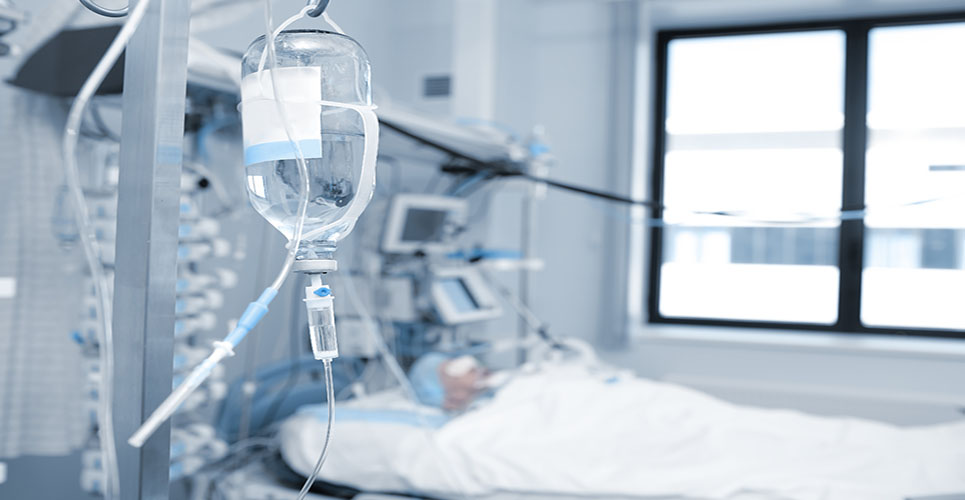US pharmacists looked longingly at minibags of IV fluids that were used for demonstrations in the exhibition at the recent American Society of Health-System Pharmacists (ASHP) Midyear Clinical Meeting. At the time of the meeting (December 2017), there were no minibags available to purchase in the USA. One of the main production facilities was in Puerto Rico; both the factory and its power supply had been so badly damaged by Hurricane Maria that it was no longer able to function at anywhere near the level required to maintain supplies to US hospitals. Large volume IV fluids were also affected and supply problems are still continuing.
This episode underlines the risks inherent in relying on a small number of suppliers – and the far-reaching effects of natural disasters. Hurricane Maria was an unexpected cause of a drug shortage – it was unusually large and happened to make landfall in Puerto Rico, causing widespread devastation.
Drug shortages can arise for other reasons such as unforeseen increases in demand, shortage of raw materials or production problems. When there are multiple suppliers of a product, shortages are less likely. However, in recent years, demand for ever-lower prices and region-wide contracting has forced some producers out of the market.
In a free market, short supply also leads to increased prices, which further complicates the picture for health services.
In the UK, there have been several examples in recent years of situations in which a manufacturer became the sole supplier of an old, inexpensive drug – hydrocortisone and phenytoin are cases in point – and raised the price spectacularly. In the USA, the 2006 Unapproved Drugs Initiative (UDI), designed to strengthen regulatory oversight of many unapproved products that had been in use for decades, had a similar, unintended effect. In essence, the plan was that manufacturers would apply for approval for products and, once these were marketed, the FDA would instruct the manufacturers of remaining unapproved products to discontinue production. What was not foreseen was that a manufacturer could move quickly to apply for approval and monopolise the supply of a product for a period before others came to the market. As the FDA does not regulate prices or factor cost into its regulatory decisions, the pricing of such a product represented an opportunity for the manufacturer. Thus, by 2015 there was only one supplier for approved IV vasopressin and the price had risen by more than 3000%. The FDA is now working to improve the competition/pricing situation through the 2017 Drug Competition Action Plan.
The supply of medicines is a complex issue and many factors are beyond the control of hospital pharmacists. The World Health Organization recognises the problem and believes that a global strategy is required to manage generic drug prices and supply (see EAHP report, HPE 86/87). It has estimated that seven-ten suppliers of a generic product are needed for stability. One thing is certain – the problem will not go away or solve itself and hospital pharmacists will continue to find themselves at the sharp end, trying to balance budgets, manage supplies and minimise the risk of clinical errors associated with unfamiliar packs or products.
A report of the 2017 ASHP Midyear Clinical Meeting will be published in a forthcoming issue of HPE.

